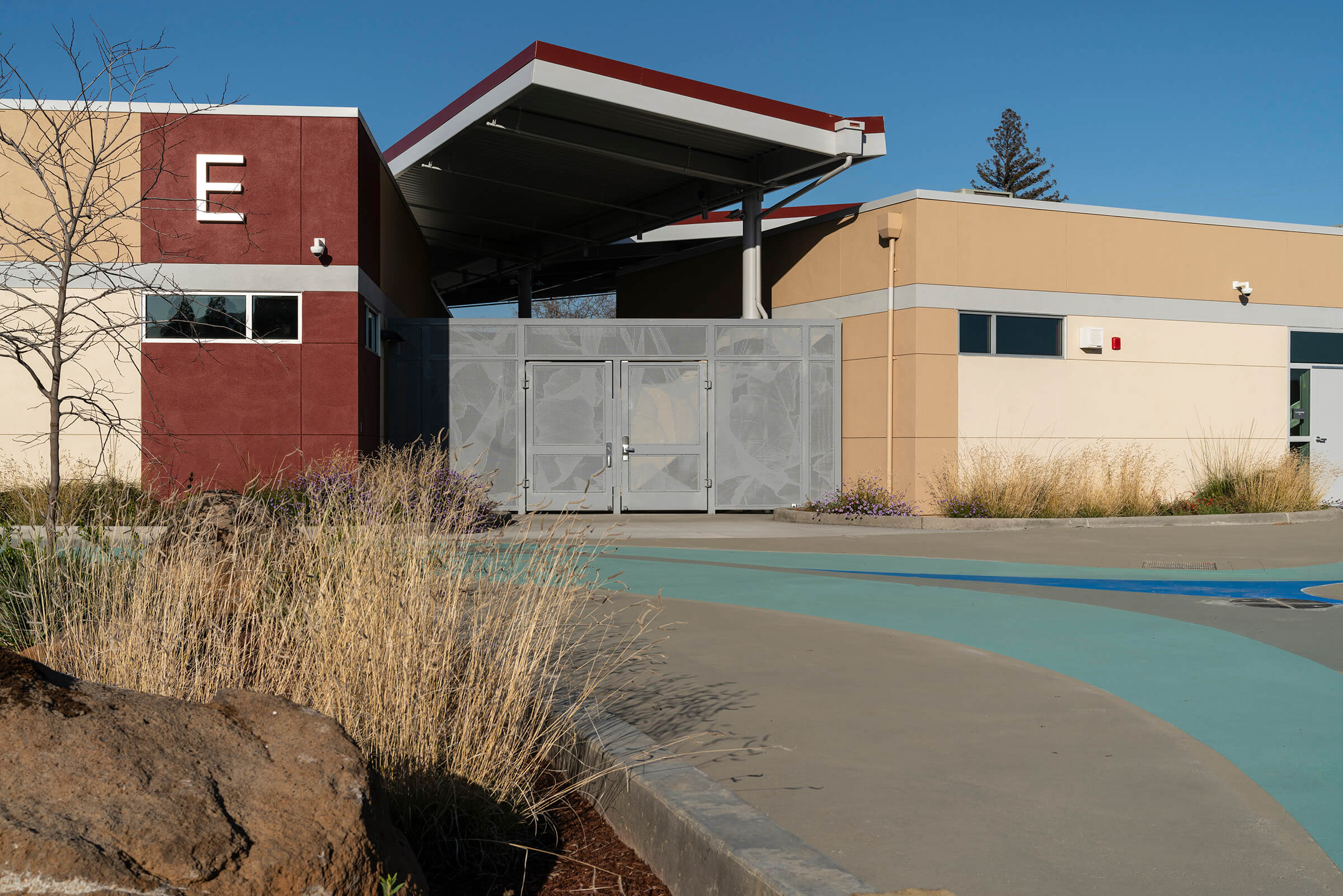Bolstering school security measures has never been a more pressing need. From parents and students to teachers administrators, campus safety is among the top concerns for schools today, in response to mass shootings, hate crimes, and other acts of violence. According to the National Center for Education Statistics, 67 percent of schools in the United States reported having at least one violent incident in the past year.
With the evolving landscape of threats and risks, campuses must adapt to ensure the well-being of their students, faculty, and staff. California Education Code requires every kindergarten through grade twelve public school to develop and maintain a Comprehensive School Safety Plan (CSSP) designed to address campus risks, such as:
- Prevent unauthorized access which can lead to dangerous situations for students and staff or disrupt school activities
- Prevent theft and burglary that result in the loss of valuable equipment and resources
- Prevent vandalism and property damage to avoid costly repairs and maintenance and protect the morale of the school community
- Prepare for emergencies for prompt response to crises such as fires, natural disasters, or active shooter scenarios
Improving Safety Through Infrastructure
Especially in high-density, urban regions like the Bay Area, educational institutions are prioritizing the enhancement of their security infrastructure. Many school campuses were built 30 or 40 years ago with an open design with few fences or gates.
Educators are rethinking that model. Schools are being designed or retrofitted with improvements to increase safety for students and staff. Those features often include a single point of entry, advanced fencing structures, self-closing panic gates, and bulletproof materials in vulnerable areas.
Advancing Perimeter Security
Robust fencing solutions significantly improve overall school safety. Expert-designed, advanced perimeter security systems ensure that only authorized personnel can enter school premises, minimizing potential threats and creating a safe learning environment for students.
However, effective campus security is more complex than building an impenetrable perimeter to deter potential assailants. Beyond unauthorized entry, additional concerns include:
- Creating an inviting pleasant environment that fosters learning
- Avoiding making the campus look or feel like a penitentiary
- Retaining a sense of openness, freedom of movement for the students
- User-friendly emergency egress solutions
Advanced school campus fencing is designed to resist prying, climbing, gaining footholds, or other types of breach without the use of visually combative components, such as barbed wire. Selection of the right materials to complement campus design is essential. Beyond aesthetic appeal, design integration can make access points less visible to intruders and increase student sense of comfort, freedom and security.
Zeroing in on Gates
Gates are a critical component, because campus access points are the most used, yet most vulnerable part of your perimeter security system. While they play a pivotal role in managing the flow of individuals entering and exiting school grounds, gates also experience high-traffic wear and tend to be visual targets for vandals.
Strategically placed and integrated, advanced gate systems ensure that only students, staff, and authorized visitors are allowed entry. This enhances proactive security measures and instills a sense of safety among the school community. Durable gates with well-planned integration are an essential investment in campus security.
Another important consideration for gate selection is emergency egress capability for rapid evacuation. Panic hardware provides a quick exit for building occupants in a state of emergency. Heavy-duty construction ensures durability, yet the hardware only requires five pounds of resistance to operate, allowing for rapid and safe closing without the risk of injury.
Navigating rapidly changing technology, best practices for installation, and codes surrounding the use of panic hardware can be a challenge for schools and colleges, including determining when panic hardware is required by codes such as the Life Safety Code (NFPA 101) and the International Building Code (IBC). Consulting with a perimeter security expert at the planning stage ensures the best options for your school system are used and properly installed for effectiveness and reliability.
Investing in Effective Solutions
Implementing comprehensive security measures can be a significant investment. Choosing reliable, durable fencing and gate systems require less frequent maintenance and replacement, reducing overall costs. Additionally, advanced perimeter security can prevent costly incidents and liabilities in the future.
If your educational facility has outdated infrastructure, there are public and charitable grants available for upgrades related to campus improvements and safety, including:
- California State Nonprofit Security Grant Program
- Charter School Facilities Credit Enhancement Grant Program
- Student Support and Academic Enrichment Program
- Supporting America’s School Infrastructure (SASI) Grant Program
School security goes beyond protecting buildings and assets. California has nearly 6 million K-12 students and 4.5 million university and community college students. When they feel safe within the walls of their educational institution, students can focus on learning, and teachers can focus on teaching. A secure school is the foundation of a vibrant, productive, and nurturing educational experience.
